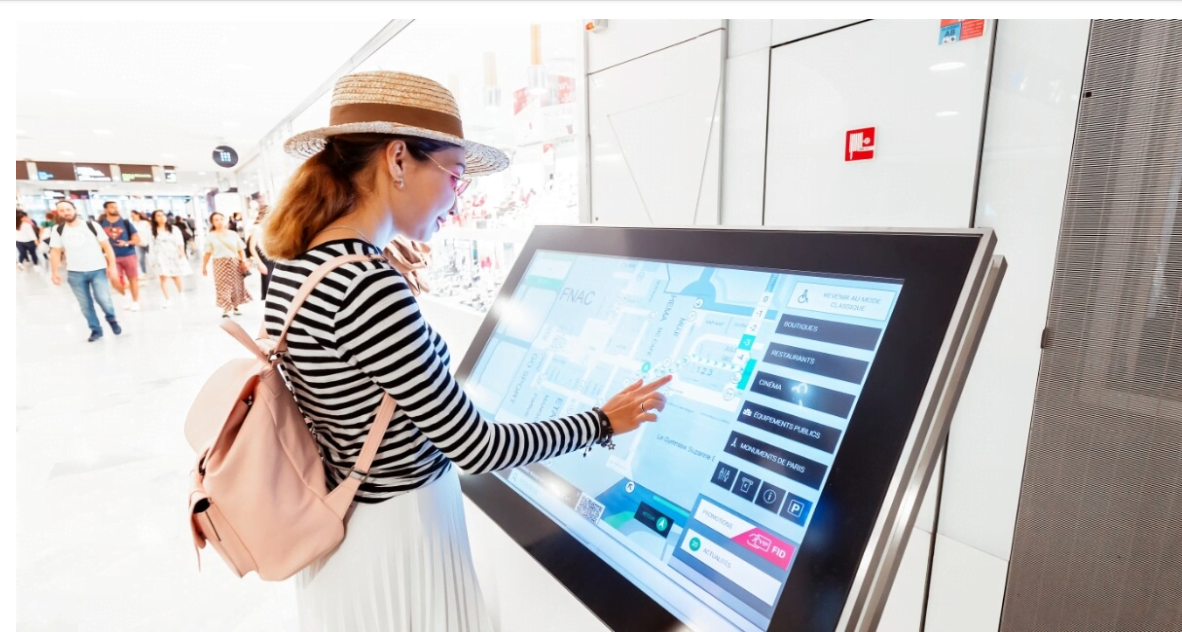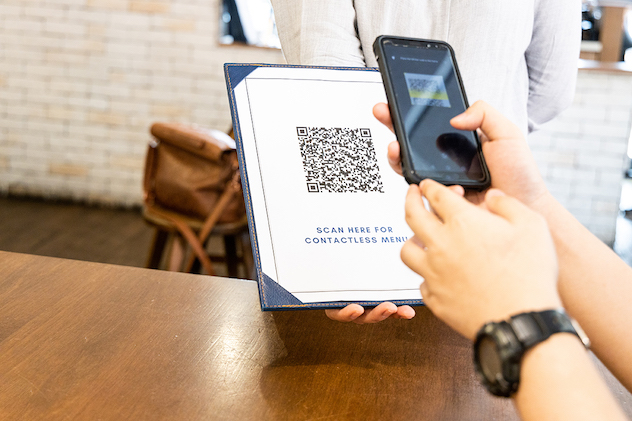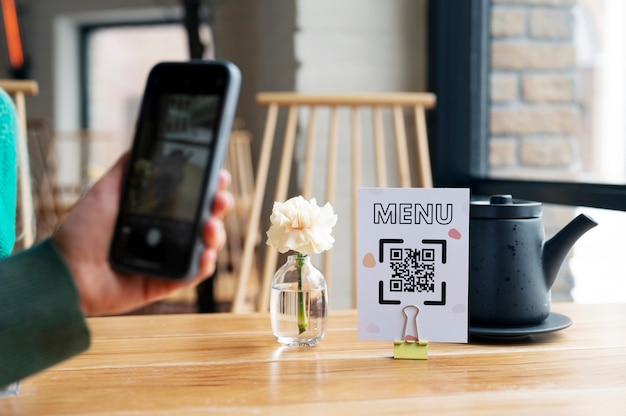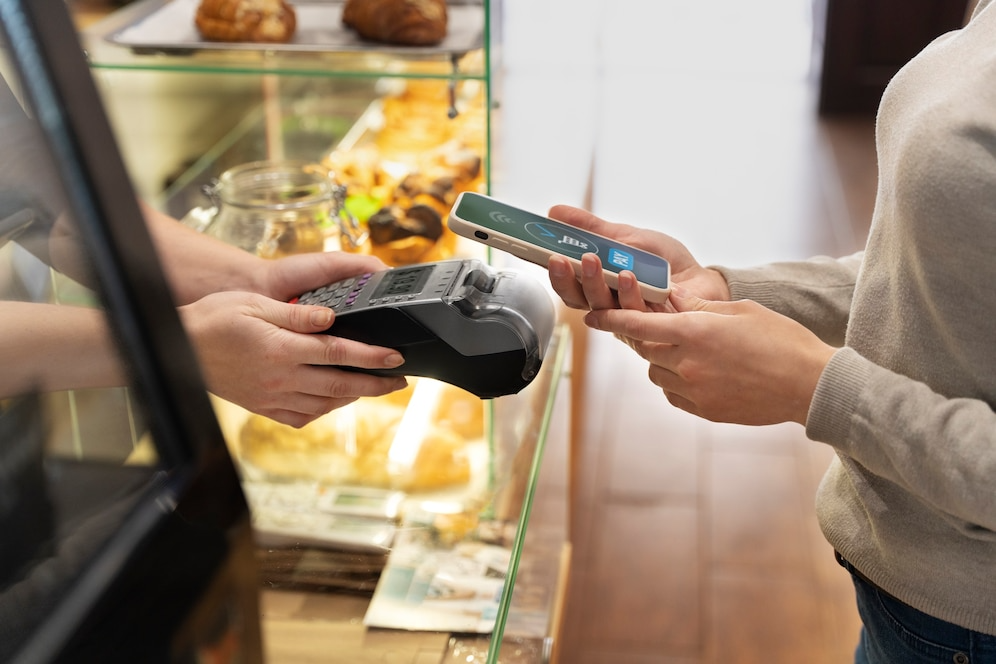Introduction
With the increasing reliance on smartphones and the need for a seamless payment experience, QR codes have emerged as a simple yet powerful solution. QR codes encode information such as URLs, text, or payment details, which can be accessed by scanning the code using a smartphone camera. As a result, QR codes have become an integral part of contactless payment systems, providing a secure and efficient way to complete transactions without the need for physical contact.
What are QR Codes?
QR codes are matrix barcodes consisting of black squares arranged on a white background. They were invented in 1994 by the Japanese automotive industry to track vehicle parts. Since then, their usage has expanded across various industries, including marketing, ticketing, and payments. Unlike traditional barcodes, QR codes can store significantly more information, making them highly versatile.
Benefits of QR Codes
1. Convenience
QR codes offer unmatched convenience for users. They eliminate the need for carrying physical cards or cash, allowing individuals to make payments using their smartphones. With just a simple scan, users can complete transactions swiftly, avoiding the hassle of manual input or signing documents.
2. Enhanced Security
One of the key advantages of QR codes for contactless payments is enhanced security. Each transaction generates a unique QR code that contains encrypted payment details. This ensures that sensitive information remains secure and significantly reduces the risk of fraud or identity theft.
3. Cost-Effectiveness
QR codes provide a cost-effective payment solution for businesses of all sizes. Implementing a QR code payment system is relatively inexpensive compared to traditional point-of-sale terminals. It eliminates the need for additional hardware, making it an attractive option for small businesses and entrepreneurs.
How do QR Codes Work?

Understanding the mechanics of QR codes is essential to grasp how they facilitate contactless payments. There are two main aspects to consider: generating QR codes and scanning QR codes.
1. Generating QR Codes
Generating QR codes is a straightforward process. Numerous online platforms and mobile applications allow users to create QR codes by entering relevant information such as payment details, URLs, or text. Once generated, the QR code can be downloaded or printed for use in various contexts.
2. Scanning QR Codes
Scanning QR codes requires a smartphone or a dedicated QR code reader application. By launching the camera app and pointing it at the QR code, the encoded information is decoded and displayed on the screen. For contactless payments, the decoded information typically includes payment details, merchant identification, and transaction amount.
QR Codes for Contactless Payments
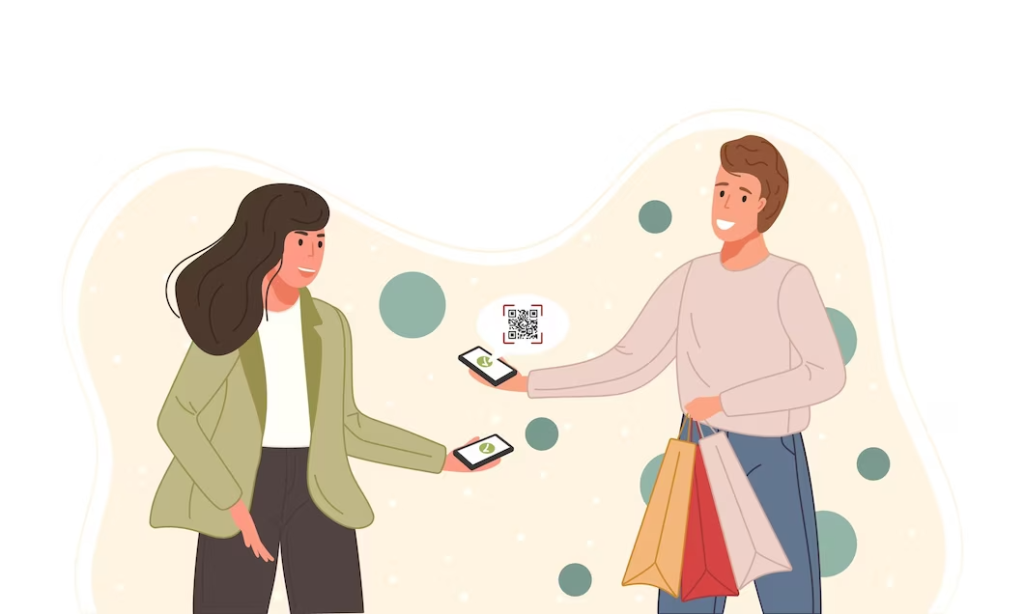
Using QR codes for contactless payments involves a few steps, from setting up a payment system to making actual transactions.
1. Setting Up a Payment System
To start accepting QR code payments, merchants need to integrate a compatible payment system. This may involve choosing a payment service provider that supports QR code payments, obtaining the necessary hardware or software, and linking the system to their business bank account.
2. Linking QR Codes to Payment Methods
Once the payment system is in place, merchants need to link their QR codes to specific payment methods. This could include credit cards, digital wallets, or other forms of electronic payment. By configuring the system, the QR code becomes associated with the selected payment method, allowing customers to complete transactions seamlessly.
3. Making Contactless Payments
For customers, making contactless payments using QR codes is as simple as scanning and confirming the transaction. By opening a mobile payment app or the device’s camera, they can scan the merchant’s QR code and follow the prompts to authorize the payment. The transaction is then processed, and both the customer and the merchant receive confirmation.
QR Codes in Various Industries
QR codes have found utility in a wide range of industries, enabling streamlined processes and enhanced customer experiences. Here are a few examples:
1. Retail
In the retail sector, QR codes can be used to provide product information, enable mobile payments, or offer discounts and promotions. Customers can scan QR codes to access detailed product descriptions, check stock availability, and make secure payments without the need for physical cash or cards.
2. Restaurants
QR codes have become commonplace in restaurants for menu browsing, order placement, and contactless payments. Customers can scan QR codes on the table or menu to access the digital menu, place their orders, and settle the bill, all while minimizing physical contact.
3. Transportation
QR codes have simplified ticketing and access control in the transportation industry. Passengers can use their smartphones to scan QR codes displayed at ticket counters or boarding gates, eliminating the need for physical tickets or paper documents. This enhances efficiency and improves the overall passenger experience.
Security Considerations
While QR codes offer enhanced security compared to traditional payment methods, it is crucial to remain vigilant. Users should ensure they only scan QR codes from trusted sources and verify the legitimacy of the payment system or app. Additionally, merchants should implement robust security measures to protect customer data and prevent unauthorized access.
Future of QR Codes
The future of QR codes looks promising, with increasing adoption across industries and continuous technological advancements. As businesses and consumers embrace contactless solutions, QR codes are likely to play an even more significant role in everyday transactions, offering convenience, security, and efficiency.
FAQs
1. Are QR codes secure for contactless payments?
Yes, QR codes used for contactless payments are secure. Each transaction generates a unique QR code with encrypted payment details, reducing the risk of fraud or unauthorized access.
2. Can I use QR codes for payments with any smartphone?
Yes, QR codes can be scanned by most smartphones equipped with a camera and a QR code scanning application. Simply launch the camera app or a dedicated QR code reader to scan and decode the information.
3. How can businesses benefit from QR code payments?
QR code payments offer businesses a cost-effective solution that simplifies the payment process, enhances customer experience, and reduces the need for physical hardware or cash handling.
4. Can I generate my own QR codes for payments?
Yes, numerous online platforms and mobile applications allow users to generate their own QR codes for payments. These platforms typically provide customizable options to suit specific payment needs.
5. Are QR codes only used for payments?
No, QR codes have a wide range of applications beyond payments. They can be used for marketing, ticketing, authentication, loyalty programs, and much more, making them a versatile tool for businesses.
Conclusion
QR codes have revolutionized contactless payments, providing a simple and secure way to complete transactions using smartphones. Their convenience, enhanced security, and cost-effectiveness make them an attractive option for businesses and consumers alike. As QR codes continue to evolve and find applications in various industries, they are set to shape the future of payments.






